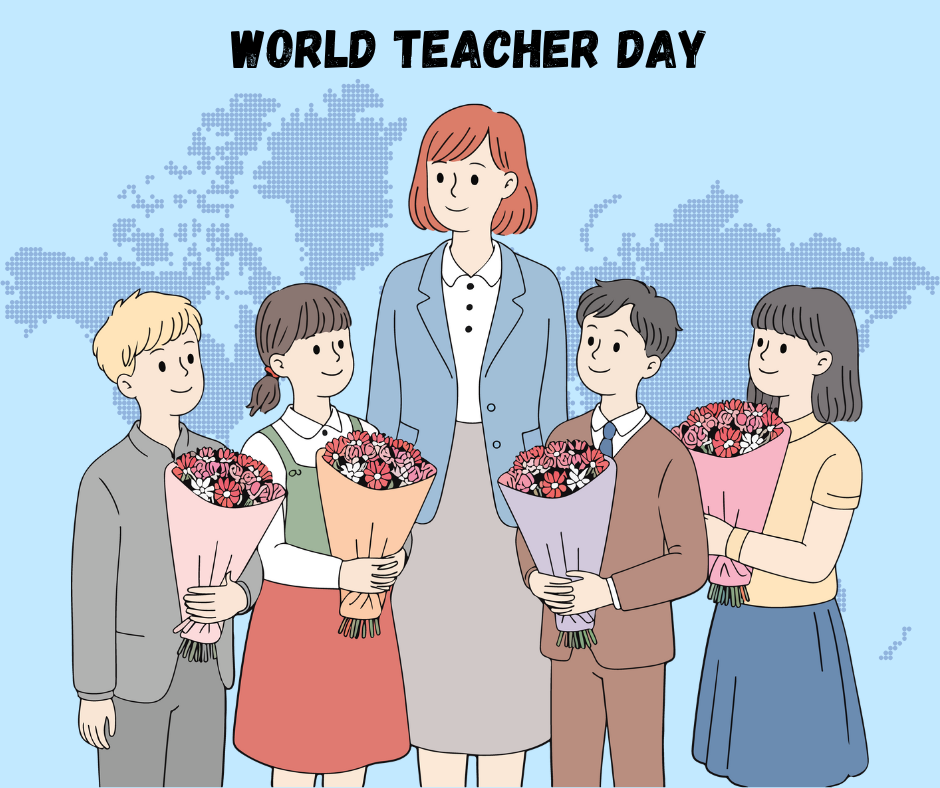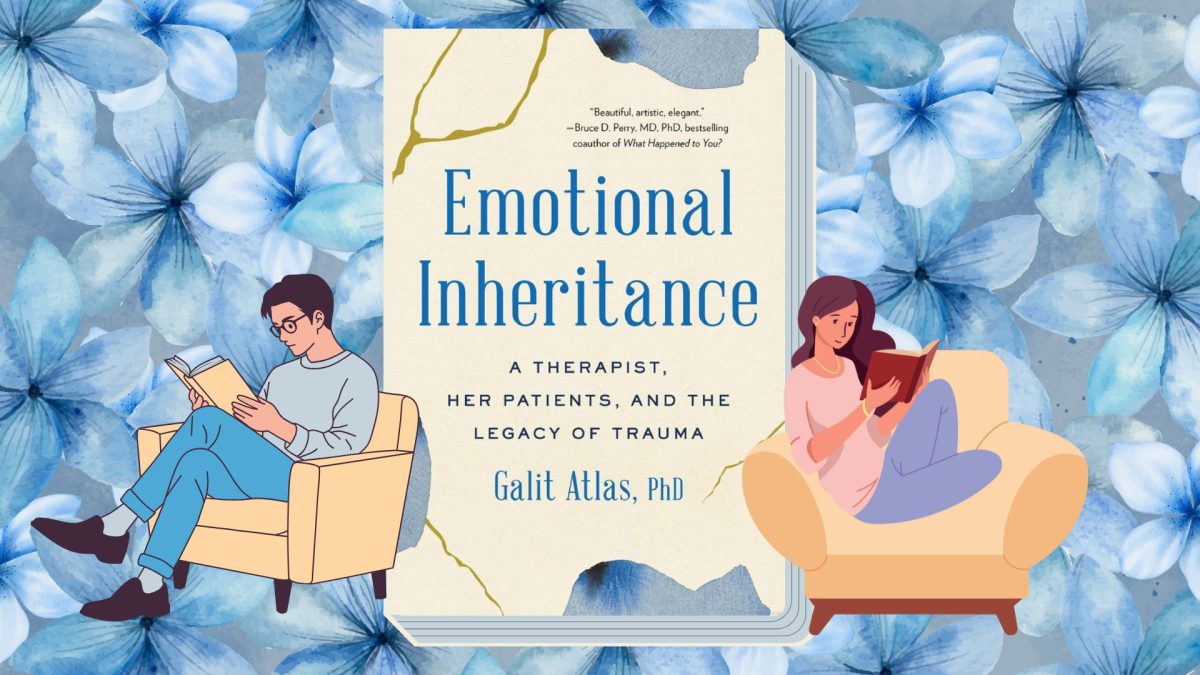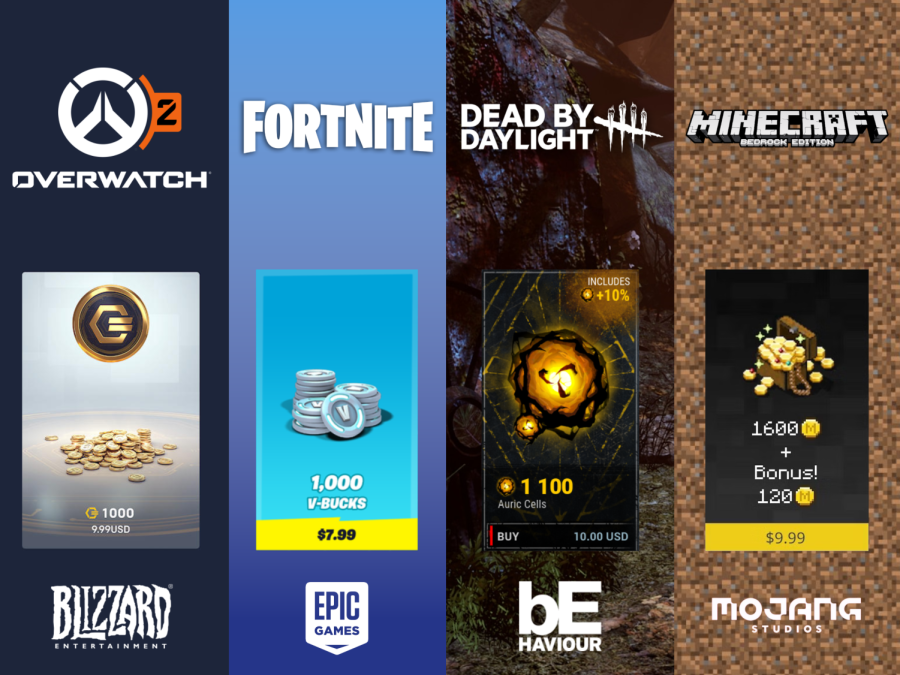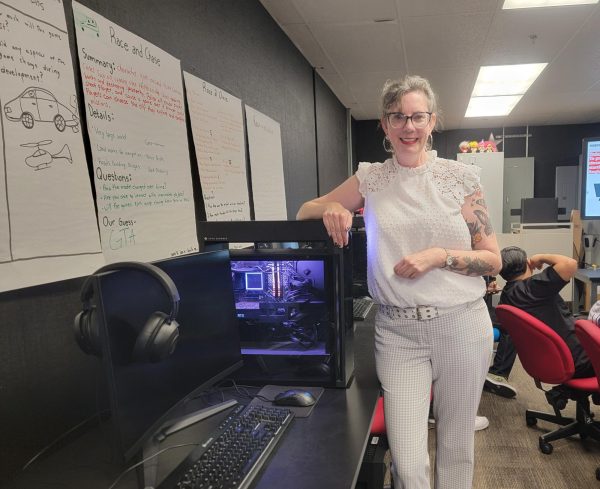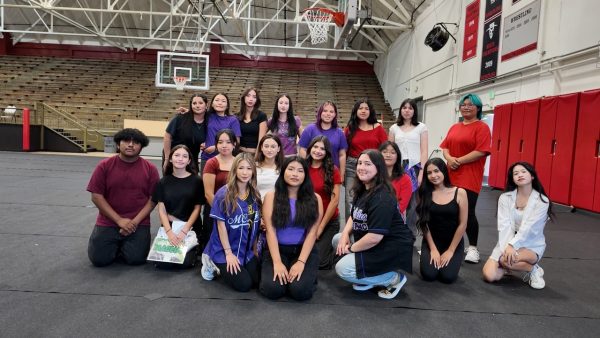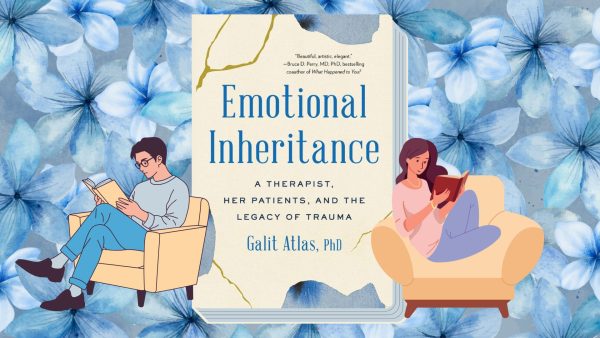How video games get you to pay more than you already have
Paige Burgueno (Made with Canva)
Players can be persuaded to make small, repeated purchases with real money to buy currency within a game for additional virtual content; microtransactions become more frequent during limited-time events in video games.
Video game players often wait in anticipation for the release of a new game or a new update being added to a game. Now, games are released at a higher price and multiple versions are available with varying prices and content. The big update hides behind a paywall, unavailable for players who want to experience the additional content without having to spend money. This goes to show that downloadable content (DLC) and season passes are usually more than what players bargain for, especially when they’ve already spent more than enough money on the base game. DLCs are add-ons that enhance the base game and range from levels to characters to outfits. Season passes can be bought with different editions of a game and reduce the price of DLCs and any future additional material. More and more gamers are being swayed to use their real money to spend on in-game currency to buy items and materials that are either to enhance the appearance or gameplay of their characters.
As gaming becomes more popular, especially free-to-play online games and genres that allow players to compete and team with other players, microtransactions have also become more widely known within the gaming community.
Microtransactions are purchases that can be made through a game, like in-app purchases through a phone, and vary through how much a player spends. Small, repeated purchases like buying in-game currency are considered microtransactions. Another example is large purchases, like additional content to add to a game.
Although it can be compelling to buy the way to decorative cosmetics, rather than earning over time, it shows some players lack patience and have no control over their spending habits. Decorative items change a player’s appearance and range from outfits to weapon design and are usually not intended to give players a game advantage. Companies can easily take advantage of this with exclusive items, which can only be purchased within a limited time. Those companies can also be more inclined to create poor releases and hide the content that adds more to the game behind a paywall.
A prime example of decorative items being sold at an unreasonable price, especially for veteran players, is “Overwatch 2.”
Followed by the shutdown of the servers from the first game, the second game became controversial with the changes made and apparent issues it had. The second game was promoted as free-to-play and compensated pre-existing players with a “Founder’s Pack.”
At the launch of “Overwatch 2,” players had trouble with broken servers and glitches. Loot boxes were removed and players could purchase skins directly from the new item shop. An item shop is where players can use their in-game currency (either through earning or paying) and buy an assortment of items such as outfits (also known as skins), abilities, and emotes. Players argued about prices being too high and being poorly made. Another point was that even if players wanted to earn it over time, it would take too long.
Senior Alexxander Gutierrez, an avid Monster Hunter and Fortnite fan, explains how he thinks in-game cosmetics have impacted how players want to play.
“[It’s] made it so that people have less things to work towards in the game. [You can] earn cosmetics by being really good, to get better, and get what you want, and now you buy it cause you like it,” Gutierrez said.
Veteran players often have the advantage over limited-time equipment for games that want players to pay more. Since they’ve spent more time, veteran players can show off their experience with the limited items they’ve earned. This can influence newer players to ask about a return for an item, often arguing that they weren’t playing the game at the time. Companies/developers then have a reason to bring it back and put a price tag on it that the newer players are more than willing to pay.
In an online article called “Microtransactions Are Great For Game Companies, Less So For Players,” Dr. Ellen Evers, a marketing professor at the University of California, Berkeley says that microtransactions ruin a game’s original purpose.
“Games in general, not just video games, have their own set of norms and rules that you’re supposed to follow. It’s not against the law to steal money from the bank in Monopoly, but clearly you’re violating the spirit of the game,” Evers said.
Microtransactions ruin the impression that by playing a game over time you can get better; instead it shows a player can easily buy their way to the top. Veteran players can be swayed if there is an ability advantage that towers over experience. Games become more inclined into favoring paying players, showing an inequality in a player’s financial status. Mobile games are more likely to have an unfair advantage and boost paying players.
Gutierrez explains the factors that he thinks persuade a player to make a final decision with in-game purchases.
“If it looks nice to you and if you’re dedicated to the game enough. If I really need the item, even if I’m not that dedicated. If they’re bad at the game, skill, how much money,” Gutierrez said.
The cons that come with paying for in-game elements are often a cosmetic disadvantage. “Overwatch 2” has had issues with sniper characters such as Ashe and Widowmaker. Ashe’s legendary “Raijin” skin had a design issue with the scope obscuring a player’s vision while Widowmaker’s legendary “Medusa” skin can give away a player’s location with how noisy the snakes/hair hissing is.
An honorable mention for a pay-to-win is the 3D online game, Roblox. Different games and servers within Roblox allow players to finish the game mode faster or gain abilities that have a clear advantage over other players by using in-game currency, bought with real money.
In-game purchases don’t limit to only cosmetic items. Spending money on more content for a game can be considered good or bad, usually based on collective reviews.
The issue of poor releases of their base games and hiding additional content behind a paywall has become more apparent.
Senior Hugo Santos shares his thoughts on when a game should make additional content available for players and how gaming genres can differ.
“I know certain developers or companies develop really good games to where it is worth it to buy at the beginning. The new aspects of it and gameplay features and environment and additional story. [Additional content should be added] a year to two after release, but depending on the game mode, more aspects would be more acceptable and others discerning, ” Santos said.
Storytelling game modes that add more content after the release of their base game are more allowed within the gaming community. It doesn’t impact the player base and how other players can undergo their gameplay compared to online multiplayer or first-person shooter games.
The single-player, role-playing, strategy game “South Park: The Fractured But Whole” with DLC including “From Dusk Till Casa Bonita” and “Bring the Crunch,” show that additional content can keep gamers playing their game without entirely discouraging the story of the base game. Other examples of the survival horror genre include “The Last of Us: Left Behind,” 2019’s Resident Evil 2’s “The Ghost Survivors,” and Telltale’s “The Walking Dead: 400 Days.”
Santos shares his pros and cons on purchasing video game related content and how he decided whether or not to use his money on microtransactions.
“If it’s a certain skin that I really enjoy, I might buy it. However, I would not usually buy skins or cosmetics that way [and] save money for other purchases that I make in the future. As long as it enhances gameplay then cosmetics doesn’t affect a lot,” Santos said.
Tier systems, usually under the name of season passes or battle passes, are another popular form being implemented into video games that sometimes require a player to use real money to unlock. Players work through tiers and are rewarded with a variety of cosmetics, though it can also be bought to completion.
One game well-known for its tier system and cosmetics is “Fortnite.” Skins and emotes are an advantage and disadvantage; character design and color palette can be beneficial or detrimental to a player based on location surroundings. Emotes with a lot of movement can help a player hide or dodge attacks, but it limits a player to use their weapons.
A good microtransaction allows a player to gain in-game currency without having to spend real money. Spending money within an online game can either be proven to be pay-to-lose or pay-to-win. Albeit, having no impact would be the best result.
Microtransactions can differ based on factors such as genre, popularity, and gameplay. Buying from developers and companies they support is important to consider. Ultimately, it is up to the player when and how much they want to spend their money when it comes to in-game purchases.
Patience is a virtue and a rare quality within the gaming community and companies who want to make money can easily take advantage of that.

My favorite song is Everlong by Foo Fighters, I like sans, and I can kind of play bass.


